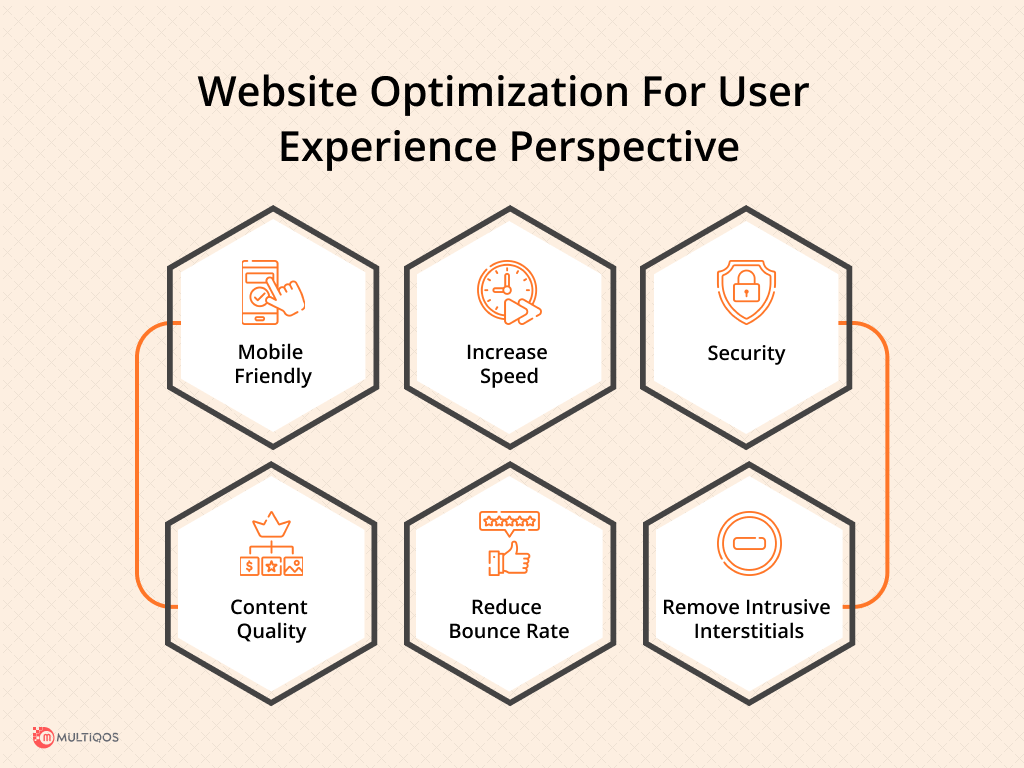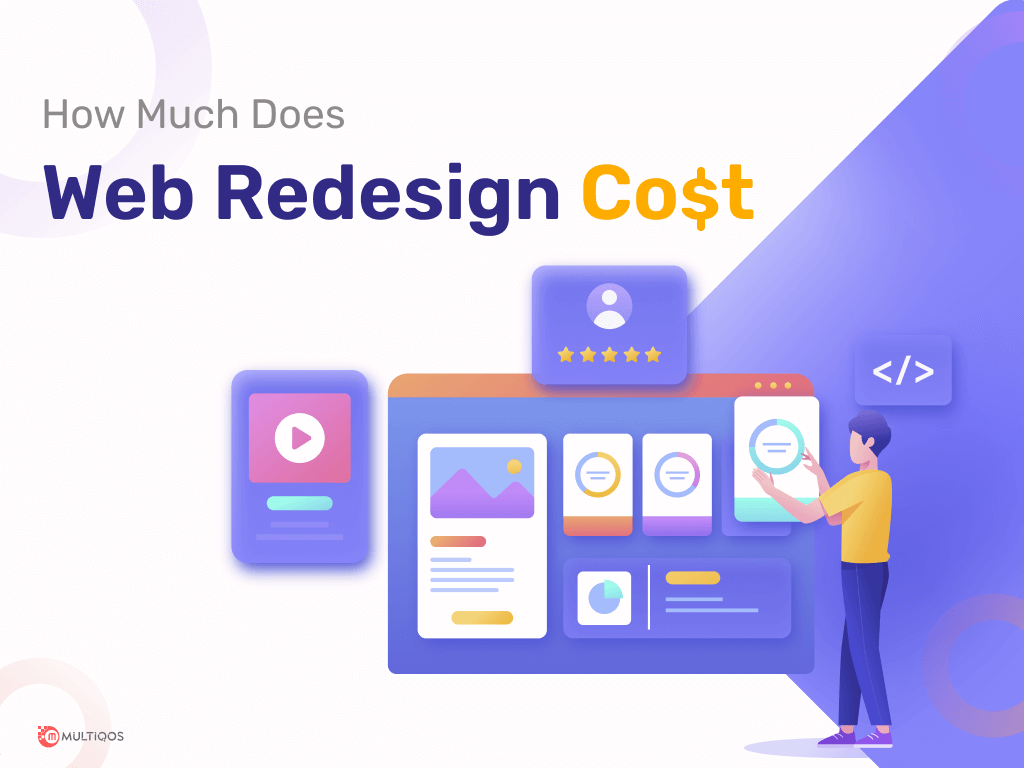How to Boost Your Website’s Page Experience Factor – [Google Update]
![How to Boost Your Website’s Page Experience Factor – [Google Update]](https://multiqos.com/blogs/wp-content/uploads/2022/05/How-to-Optimize-Your-Websites-Page-Experience.png)
Overview
As your brand rises in recognition, you will see increased SEO traffic to your website. However, Google is aware that the majority of websites do not have well-known brands. This is why they modify their algorithms to fit the user experience and rank the most popular websites. Also, this might have a significant impact on SEO. Possibly even more so in the future, since we can anticipate a slew of upgrades centred on the user experience.
For addressing the issue of boosting the website’s page experience factor, we have mentioned some ways in which you can do the same during website development.
What is the Page Experience Update?
The Google Page Experience Update assesses a user’s entire experience when engaging with a web page. Page experience is inextricably linked to the results of organic traffic brought to your website. Session length, conversions, bounce rates, click-through rates, pages per session, and other metrics are used to quantify these outcomes.
The page experience signal assesses many elements of how people perceive their interaction with a web page. Optimizing for these variables makes the web more enjoyable for users throughout all web browsers and surfaces, and it assists sites to evolve to meet mobile consumer expectations. This is because as people become more engaged and can deal with less friction, this will boost to company’s success on the web.
How to Optimize Your User Experience?
Let’s look at how we can optimize your website and get it ready for a future upgrade.
Make Your Website Mobile-Friendly
If your website is using an out-of-date theme or was built using a builder that isn’t mobile-friendly, you should think about switching to a mobile-friendly website. On the other hand, providing an outstanding user experience includes much more than making your website responsive. For example, menus should be brief and well-organized, and to decrease the number of links in the menu bar, combine comparable fields into one. In addition, your content and graphics must be responsive, which means they must be viewable on all devices.
Improve Your Website Speed
Use Google’s Page Performance Insights tool to help you analyze your page’s quality and speed. Correct file formats, such as using.png for vector images, can improve the page experience on your site. Leverage content delivery network servers to reduce server lag time and use browser caching to provide the quicker download of photos and other big data-consuming components for returning users to your site. Use the JavaScript minifier to eliminate whitespace, extraneous characters, merge files, and so on.
Improve Your Website Security
If you want to give your visitors the finest user experience, you must safeguard their online information. Inadequate website security will only have a negative effect on your SEO results. Additionally, your website should be secured with an SSL (Secure Sockets Layer) certificate. This will authenticate an encrypted connection for your website, converting it to HTTPS.
Focus on Content
Quality content won’t simply engage users – it may raise your search results. As a result, you must generate high-quality products, whether in textual or video form. It allows you to develop a high click-through rate, but it also allows you to include relevant keywords. More crucially, Google will take it into account while crawling the page. As a consequence, your site will almost certainly rank higher than it would without.
Find Usability Issues with Heatmaps
Heatmaps are an excellent approach to improving your website’s design and the overall user experience. They assist you in better understanding the portions of your website that your customers often travel to and where they get stuck. Heatmaps illustrate the regions of your website where people are most likely to click. Here you can ensure that certain locations direct viewers to an appropriate resource.
Reduce Bounce Rates
A high bounce rate indicates to Google that your website is either irrelevant to the searcher’s query or provides an unsatisfactory user experience. In any case, Google will gradually reduce your ranks for certain search terms. Google deems a bounce rate favourable if it falls between 26% and 40%. Enhance your website’s navigation to make it easier for people to find what they’re looking for. Include pop-ups with customized messaging for people on the verge of leaving your website.
Remove Intrusive Interstitials
Unnecessary pop-ups and ads can be frustrating. Visually hiding it with interstitials results in a poor user experience and increases the likelihood of being badly affected by the Page Experience upgrade. The same is true for advertisements that display before the primary content is completely loaded. Pop-ups that do not hurt your search engine results, such as age verification, and inconspicuous pop-ups such as small banners at the top of your website, will not be affected by the change.
Also Read: How Much Does a Website Design or Redesign Cost for 2024?
Final Thoughts – Google’s Page Experience Update
In the long run, making the online experience more pleasurable for web users contributes to improving the quality of user experience in the virtual world. The more tempting it is for the world’s customers to spend more time online, the more advantageous it is for all firms to maintain and develop their online operations. You may attract more visitors by speeding up your site, posting high-quality content, working with a top-tier SEO service, and upgrading your website’s user experience. You can hire web developers or a Web development company that will guide you through the process of boosting page experience.
Let’s Create Big Stories Together
Mobile is in our nerves. We don’t just build apps, we create brand. Choosing us will be your best decision.
FAQ on How to Optimised Website with Google Page Experience
A visibility score indicates the proportion of clicks your website obtained from SERPs for a certain term. It is a relative value determined by your rivals’ rankings.
Core Web Vitals is simply one of three aspects of Google’s page experience measurements. Other factors to consider are mobile-friendliness, HTTPS, and non-intrusive interstitials. So, even if a website is mobile-friendly, there are five more criteria that influence the entire experience of a page.
Google’s Top 10 Current Ranking Factors includes:
- Secure and Accessible Website
- URL, Authority, and Domain Age.
- Mobile-Friendliness.
- Content that has been optimized.
- SEO for technical purposes.
- Links.
Get In Touch





